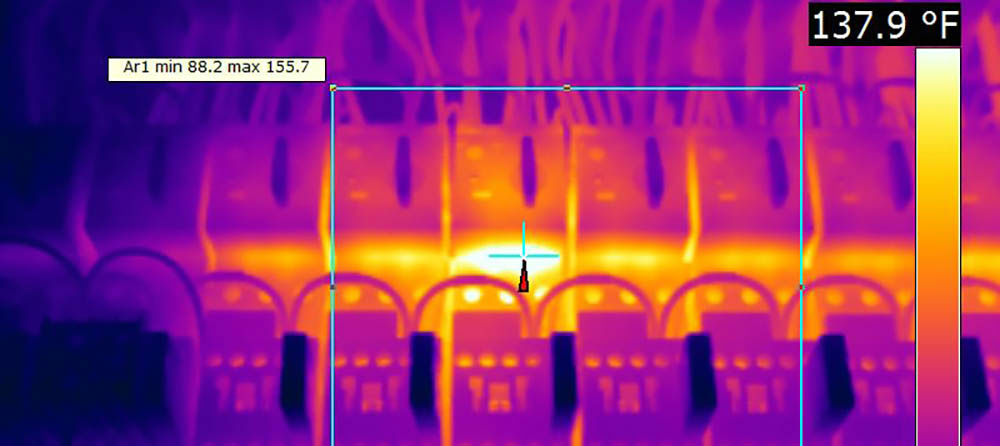BUILDING THERMAL CAMERA APPLICATIONS
The versatility and abilities of thermal cameras allows building surveyors to carry out a huge amount of different types of building analysis efficiently and with no damage to the immediate environment, beating other types of meter such as moisture meters which require damaging materials slightly to gain measurements.
Building Surveys
Using thermal cameras in building surveys isn’t really a new thing. It’s been going on for decades now, but it’s only until recently that the technology has become affordable enough for many to adopt the units as part of their building surveillance equipment.
The main principle driving the technology behind a thermal imager is IR, or infrared. This is part of the light spectrum, but is completely invisible to human eyes normally.
IR radiation exists all around us on a daily basis. It’s given off by literally everything around us, from the lights overhead to our very own bodies. Even the desks in our offices or our mundane objects in the home all give off some form of IR radiation. A thermal camera is able to pick up on this ‘emissivity’ of IR radiation and converts the IR light into a visible image that showcases the detected heat differences as different colours on the image.
This allows users to tell at a glance that something may be too hot or too cold. In the case of building work, it could be used to showcase that an LED light fitting is outputting far too much heat, or alternatively it could be used to detect cracks in the walls or ceiling that might be letting in cold draughts. The thermal camera’s popularity in this sector is certainly justifiable, as many of the things a camera will detect would most likely go completely unnoticed if the imager wasn’t used.
The versatility of IR cameras in this sector, combined with innovations in the technology which have reduced the price of owning a unit, have resulted in a boom in these devices being adopted in the building sector.
A comprehensive building survey completed using a camera like this is much more efficient and professional than using other tools, helping the user save time, money and effort on carrying out extensive testing procedures. It’s also of benefit to the person getting a thermal building survey completed, as the thermal camera will spot things that any other tester would simply fail to detect.
ELECTRICAL THERMAL CAMERA APPLICATIONS
Thermal cameras are an extremely effective tool for testing electrical systems for component damage, excessive heat and for ensuring overall system efficiency. They can be used absolutely everywhere from domestic installations to testing inside complex industrial-based systems, making them an incredibly versatile testing tool.
Everything from our common electrical appliances to complex electrical systems running industrial-grade machinery rely on their components and the safe introduction of electricity into the system in order to run efficiently. Component breakdown or inefficiently running electrical systems can be both a costly process due to the amount of excess power used and can also result in an electrical system becoming increasingly unsafe to be utlised.
Testing electrical systems regularly is therefore of the utmost importance, particularly when downtime or excessive running costs could be extremely costly to the organisation. Regular testing of components can involve using conventional tools such as multimeters and other electrical test equipment, but these generally are much more complex to use and require extensive testing to be carried out. This means a lot of time can be wasted testing components that are perfectly fine, which again can be a costly process.
In comparison using a thermal imaging system is quick, easy and requires little effort on the part of the user. We’ll get more into the benefits of using these devices later, but it is important that you understand how thermal cameras work before we delve further into electrical thermal camera applications.


